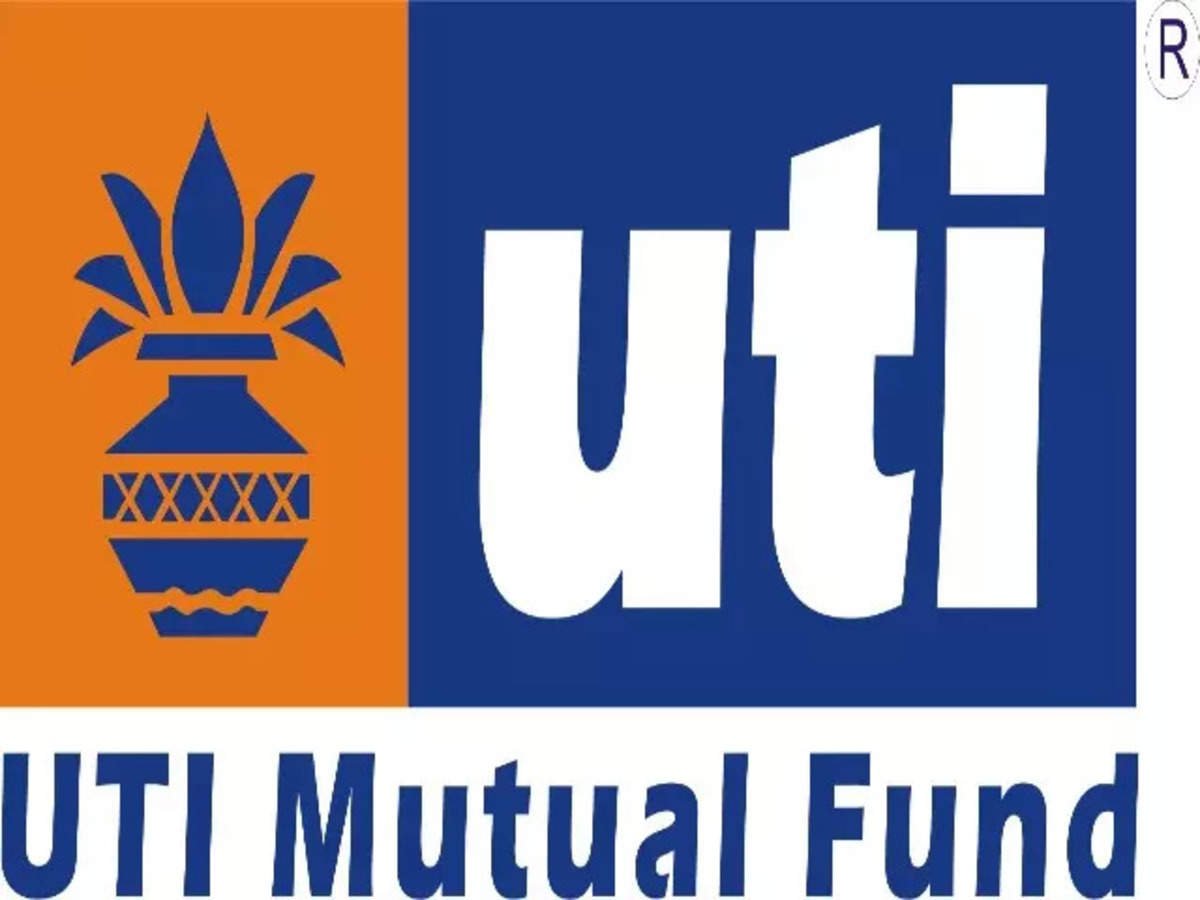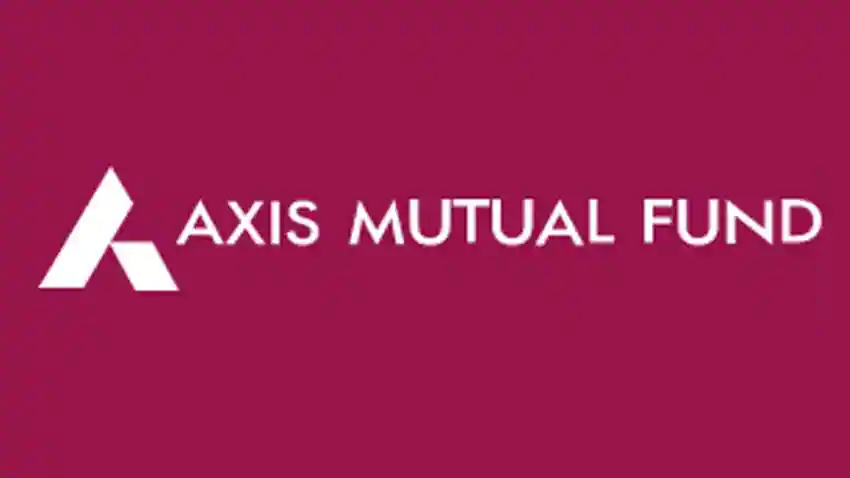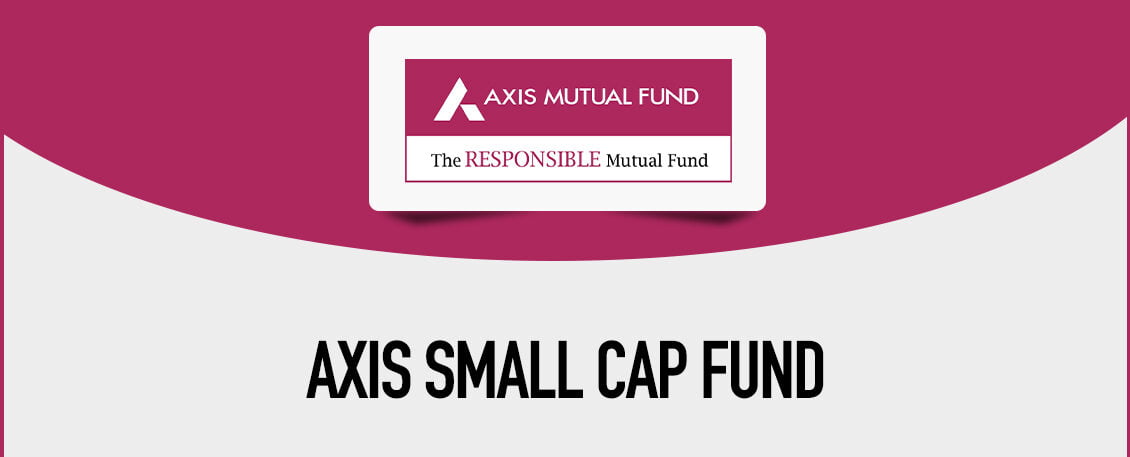Top 10 Best Mutual Funds In India In 2022

Top Best 10 Mutual Funds In India In 2022
When it comes to investments, the most general advice is that if you start investing in mutual funds, you will become wealthy! However, for some reason, no one seems to have a complete answer to the age-old question of how mutual funds work. Today, we’ll talk about it.
What are Mutual Funds?
A mutual fund is an investment instrument that collects money from multiple investors and invests it in the stock market. Mutual funds invest in various assets, including stocks, bonds, and other financial instruments. Actively managed mutual funds and passively managed mutual funds are also available. An active fund manager does market research to align the portfolio with the fund’s objectives. On the other hand, passively managed funds follow the index or benchmark. Exchange-traded funds (ETFs) and index funds are two examples.
The type of securities in which a mutual fund’s pooled money is invested is determined by the fund’s investment objective. For example, if the goal of a mutual fund is to provide long-term wealth to its investors. Stocks of large, stable firms (often called large-cap funds) that have consistently generated a decent return year after year would be the majority of the fund’s investments. Mutual funds are ideal for people who want to diversify their portfolios.
There are a variety of mutual funds on the market today that cater to different investor needs. Investing in a fund that meets one’s unique needs depends on income level and financial objectives.
These funds are one of the most straightforward ways to invest in the stock market while minimising risk—understanding how mutual funds function is an excellent strategy to ensure your financial future.
How do Mutual Funds Work?
Mutual funds pool money from various participants to invest in stocks, bonds, and government securities, among other things. At the time of the NFO (New Fund Offer), each mutual fund scheme has a strategy. The fund must stick to the plan once it has been decided. From the launch of NFO to the distribution of returns, mutual fund investing is a cycle of 4 steps.
1. NFO Launch
A New Fund Offer (NFO) allows investors to subscribe to a mutual fund scheme and pretend they were invested in it from the beginning. They can, however, only subscribe for a short period. Investors will only be able to purchase units when the NFO concludes. Furthermore, the fund’s strategy is made public at the time of the NFO. The fund strategy cannot be amended once the fund manager has determined it. Because investors invest in the fund depending on the plan, this is the case.
As NFOs are new to the market, they are less expensive than established funds. However, before participating in an NFO, mutual fund investors should assess the fund house’s reputation, objectives, investment cost, risk, the minimum subscription amount, and the investment term.
2. Money is Pooled
Mutual funds invest in securities by pooling money from numerous small participants. Investors from their savings invest small sums of money. Small investors can invest in huge portfolios through mutual funds, which they wouldn’t be able to do otherwise. It could be owing to a lack of funds or time to conduct thorough mutual fund research. As a result, mutual funds are the best option for these investors.
3. Invest Money in Securities
The money is invested in stocks, bonds, and government instruments. The fund manager chooses the fund’s portfolio depending on the fund’s strategy. The portfolio manager has the knowledge and time to research the securities thoroughly. They also conduct analyses at the company, industry, and economy levels. To discover the securities that best meet the fund’s strategy and optimise the return on investment for mutual fund investors.
And if the chosen stocks underperform at any point in time, they are replaced with better-performing securities. When selecting securities for a fund, they may employ various tactics. To take advantage of stock market circumstances, they sometimes utilise a combination of investment and trading tactics. All of the fund managers’ efforts result in investors having access to enormous portfolios.
4. Fund Returns
The portfolio manager is always looking for ways to make money from their investments on behalf of the fund’s investors. As a result, the fund’s NAV rises due to its mutual fund research, monitoring, and rebalancing efforts. When the fund earns money, it either distributes it or invests it back into the fund. On the other hand, dividend funds distribute their returns in dividends.
Returns on growth funds are re-invested in the fund to increase the wealth of the fund’s investors. It is crucial in mutual fund investing since it completes the investment cycle. If the profits are kept in the fund, they create more incredible wealth.
As a result, mutual fund investing is a continual process that invests many investors’ tiny amounts in productive securities to maximise their value.
How do mutual funds operate?
Let’s use the Aditya Birla Sun Life Asset Management Company Ltd. (ABSL) Top 25 Fund as an example. Let’s pretend the scheme raises INR 1 crore from 100 investors. The average investment per investor is INR 1 lakh. The fund company allotted the units at a NAV of INR 10. As a result, each investor receives 10,000 units. As a result, the fund house has issued and assigned 10 lakh units.
The ABSL Top 25 Fund’s goal is to invest in 25 different stocks. To achieve the fund’s plan, the fund management conducts research and selects the best 25 stocks. The fund management believes that purchasing stocks that meet the criteria will result in considerable portfolio returns. When the fund manager chooses the stocks, they invest the same amount. As a result, the equity fund comprises the top 25 stocks.
The fund’s Assets Under Management (AUM) is INR 1 crore; hence each stock investment is roughly INR 4 lakh. As a result, these equities are added to the equity fund’s portfolio. In actuality, the fund manager interacts with and invests in large amounts. All of the investments are backed by scientific evidence. The fund manager believes in investing in high-yielding stocks. The fund also maintains a cash balance. Its purpose is to deal with investor redemption.
Increase in Net Asset Value (NAV)
After a month, there are no changes in the portfolio’s holdings or the number of investors. As the price of the stocks fluctuates, the portfolio value fluctuates as well. The entire worth of the portfolio rises as the prices rise. The portfolio’s value increases to INR 1.25 crores in this scenario. Because the fund units of 10,000 have not changed, the new NAV is INR 12.5 (INR 1.25 crore/10 lakh units).
As a result, the investment value of 10,000 units * INR 12.5 NAV increases to INR 1.25 lakh for investors. In other words, investors get a profit of INR 25,000 (INR 1.2 lakh minus INR 1 lakh). Also, the benefits in percentage terms are 25%.
Redemption
Investors can either sell or redeem their investments. A total of 1,00,000 units were redeemed for this fund. The total outflow is INR 12.5 lakh (INR 12.5*1,00,000 units) in terms of value. The fund’s Assets Under Management (AUM) dropped to INR 1.125 crore as a result. Finally, the total number of units is reduced to 9 lakh. As a result, the NAV remains unchanged at INR 12.5 per unit.
First, the fund manager pays investors to deal with redemptions using the cash balance in the portfolio. If necessary, he may also sell some of his shares. However, selling shares in companies that do not have the potential to rise would be a bad idea.
NAV decreases
Assume that stock prices are decreasing. As a result, the portfolio’s value would decrease. It drops from INR 1.25 crore to INR 1.10 crore here. As a result, the NAV has risen to INR 12.22 per unit.
Another investor has now joined the fund. His investment is valued at INR 1 lakh. However, he only received 8,183.306 units this time for the same investment amount. The portfolio value has increased to 1.11 crore due to this new investment. As a result, the total number of units now stands at 8,183.306 units.
It’s crucial to remember that the situation above is only one illustration of how mutual funds work. Investments/purchases and redemptions are made daily in reality. As a result, the fund’s NAV fluctuates regularly, but calculations, on the other hand, are based on the same notion.
What is the difference between Demat and physical mutual funds?
Unit allotment can be done in either demat or physical form. The allocation of units to investors takes two working days. Although both forms are electronic, they differ in account type, account statement, and expenditure ratio.
Physical form
The units are dealt with through AMC in their physical form. The AMC sells the units directly to investors and then repurchases them at the end of the term. Investing in physical form entails keeping a Statement of Account (SOA) on hand. The fund house issues the account statements. The RTA keeps track of all investor records and aids fund institutions in tracking investor data. RTAs have internet portals where investors can access on-demand reports on their mutual fund holdings. The physical form is less expensive than the demat form. There are no extra brokerage fees to pay—just the mutual fund fee.
Demat form
Mutual funds are bought and sold on the exchange or through brokers in demat form. A demat account is used to buy and sell securities. This is a very liquid form. Because the units are publicly available, the buyer or seller can be the AMC or any other investor. On-demand, the broker the mutual funds are traded gives a demat account statement. A single demat account can hold mutual funds and stock assets. The investor will have a comprehensive view of all forms of investments in this manner.
Brokerage fees are charged on a demat or brokerage account in addition to the mutual fund cost. Under a brokerage account, a loan against mutual funds is possible. In the demat form, STP and SWP are not achievable, although they are in the physical form.
The Top 10 Mutual Funds in India in 2022 are written below.

1. Axis Bluechip Fund
The Axis Bluechip Fund is an open-ended equity fund that focuses on large-cap firms. Suppose your investment goal is to generate long-term capital appreciation by investing in a diversified portfolio primarily comprised of large-cap equity and equity-related instruments, including derivatives. In that case, you should consider Axis Bluechip Fund. However, there is no guarantee that an investor’s financial goal will be met if they participate in this plan.
Characteristics of the Axis Bluechip Fund:
- The Axis Bluechip Fund mostly invests in large corporations.
- Because these equities have a proven track record of business concepts and can deliver consistent long-term returns, they are traded often. They are thus comparatively liquid and less volatile.
- This Fund seeks to outperform the benchmark while posing a lower risk.
- The Axis Bluechip Fund holds asset class benefits. As an asset class, equity can outperform inflation and produce long-term wealth.
Objectives
Axis Bluechip Fund may be tailored to an investor’s objectives. Long-term goals, such as children’s schooling and future prospects, retirement, or any other long-term growth that necessitates a wealth creation strategy, maybe met through this method. Nothing, however, is promised.

2. Mirae Asset Large Cap Fund
Mirae Asset Large Cap Fund Direct-Growth is a Mirae Asset Mutual Fund Large Cap mutual fund strategy. This fund, formed on January 1, 2013, has been around for nine years and one million dollars. Mirae Asset Large Cap Fund Direct-Growth is a medium-sized fund in its category, with assets under management (AUM) of 31,129 crores as of December 31, 2021.
The fund’s expense ratio is 0.51 per cent, more significant than the expense ratios charged by most other Large Cap funds. Mirae Asset Large Cap Fund Direct has a 1-year growth rate of 24.36 per cent. Since its debut, it has averaged an annual return of 18.26%. The fund has doubled the money invested every two years.
The ability of Mirae Asset Large Cap Fund Direct-Growth strategy to provide consistent returns is better than most products in its category. It has an above-average capacity to control losses in a sinking market. The majority of the money in the fund is invested in the financial, technology, energy, healthcare, and construction industries. Compared to other funds in the category, it has less exposure to the Financial and Technology sectors.
Infosys Ltd., ICICI Bank Ltd., HDFC Bank Ltd., Reliance Industries Ltd., and State Bank of India are the fund’s top five holdings.

3. Parag Parikh Long Term Equity Fund
The Parag Parikh Long Term Equity Fund is a mutual fund that is open to new investors. It is an Equity Fund, as the name implies, that invests in stocks of firms of all sizes and capitalisations. It’s a multi-cap fund with a capital appreciation goal. It offers a varied portfolio and risk management because it invests in stocks and equity-related assets across market capitalisations.
Rajeev Thakkar, Raunak Onkar, and Raj Mehta manage the fund’s domestic equities, international investments, and fixed income investing portions. The fund is unrestricted by market capitalisation and by sectors and geographical limits, as they say. However, listed Indian equities account for 65 per cent of the fund.
However, listed Indian stocks account for 65 per cent of the fund’s assets.
Who should Invest?
- Investors with a long-term horizon might consider this fund. They clearly explain that early satisfaction involves risks and that an investor should invest for at least 5 years before redeeming the programme.
- If you’re looking for a way to generate cash, consider investing in this fund. If you expect monthly dividends from returns, it is not for a short-term purpose to give a source of income. It has a Growth option rather than a Dividend option.
- Suppose you can’t determine which market cap to invest in. In that case, you can put your money into this fund, which is entirely dependent on the Fund Manager and reshuffled according to market conditions.
- If you want to diversify your portfolio across different capitalisation and sectors,
- It’s for risk-averse investors who can take a reasonable amount of risk.
- The scheme invests mainly in equities and stock-related products to generate long-term financial appreciation.
Tax Implications
Your returns will be taxed at 15% if you redeem them before one year. On returns of Rs 1 lakh or more in a financial year, you must pay a 10% LTCG tax after one year.

4. UTI Flexi Cap Fund
UTI Mutual Fund’s UTI Flexi Cap Fund Direct-Growth is a Multi Cap mutual fund programme. This fund, formed on January 1, 2013, has been around for nine years and one million dollars.UTI Flexi Cap Fund Direct-Growth has a total asset under management (AUM) of 25,541 crores as of December 31, 2021. The fund’s expense ratio is 0.92 per cent, higher than the expense ratios charged by most other Multi Cap funds.
The 1-year returns for UTI Flexi Cap Fund Direct-Growth are 27.46 per cent. Since its debut, it has averaged a 17.38 per cent annual return. The fund has doubled the money invested every two years.
The UTI Flexi Cap Fund Direct-Growth scheme’s ability to deliver consistent returns is equivalent to the majority of funds in its category. In a declining market, it has an above-average ability to control losses.
Most of the fund’s holdings are in the Financial, Technology, Healthcare, Services, and Chemicals sectors.
Larsen & Toubro Infotech Ltd., Bajaj Finance Ltd., HDFC Bank Ltd., Infosys Ltd., and Kotak Mahindra Bank Ltd. are the fund’s top five holdings.

5. Axis Midcap Fund
Axis Midcap Direct Plan-Growth is an Axis Mutual Fund Mid Cap mutual fund programme. This fund was established on January 1, 2013. As of December 31, 2021, Axis Midcap Direct Plan-Growth has assets under management (AUM) of 16,835 crores, making it a medium-sized fund in its category. The fund’s expense ratio is 0.47 per cent, lower than the expense ratios charged by most other Mid Cap funds.
The 1-year returns on Axis Midcap Direct Plan-Growth are 36.42 per cent. It has returned an average of 20.89 per cent every year since its inception. The fund has quadrupled the money invested every two years.
Axis Midcap Direct Plan-Growth plan to provide consistent returns is comparable to most funds in its category. It has an above-average capacity to control losses in a sinking market.
The majority of the money in the fund is invested in the financial, technology, chemical, service, and healthcare industries. Compared to other funds in the category, it has less exposure to the Financial and Technology sectors.
NIIT Technologies Ltd., ICICI Bank Ltd., Cholamandalam Investment & Finance Co. Ltd., Avenue Supermarts Ltd., and MindTree Ltd. are the fund’s top five holdings.

6. Kotak Emerging Equity Fund
Kotak Emerging Equity Fund Direct-Growth is a Kotak Mahindra Mutual Fund Mid Cap mutual fund programme. This equity fund has been around for nine years and one million dollars, established on January 1, 2013. As of December 31, 2021, Kotak Emerging Equity Fund Direct-Growth has assets under management (AUM) of Rs 17,529 crores, making it a medium-sized fund in its category. The fund’s expense ratio is 0.53 per cent, lower than the expense ratios charged by most other Mid Cap funds.
The 1-year returns for Kotak Emerging Equity Fund Direct-Growth are 41.69 per cent. It has returned an average of 21.34% per year since its inception. Every two years, the fund has quadrupled the money put in it.
Engineering, Chemicals, Construction, Financial, and Consumer Durables make up most of the fund’s holdings. It has less exposure to the Engineering and Chemical sectors.
Persistent Systems Ltd., Supreme Industries Ltd., FAG Bearings India Ltd., Thermax Ltd., and SKF India Ltd. are the fund’s top five holdings.
Investment goal and benchmark
- The fund’s investment objective is to “create long-term capital appreciation through a portfolio of equities and equity-related instruments, by investing primarily in mid-cap companies.”
- The NIFTY Midcap 100 Total Return Index is used as a benchmark.

7. Axis Small Cap Fund
Axis Small Cap Fund Direct-Growth is an Axis Mutual Fund Small Cap mutual fund plan. It has been around for 8 years and 2 million dollars, established on November 11, 2013. As of December 31, 2021, Axis, Small Cap Fund Direct-Growth has an AUM of 8,179 crore, making it a medium-sized fund in its category. The fund’s expense ratio is 0.36 per cent, lower than the expense ratios charged by most other Small Cap funds.
The 1-year returns on Axis Small Cap Fund Direct-Growth are 57.81 per cent. It has returned an average of 26.85% every year since its inception. Every two years, the fund has quadrupled the money put in it.
Axis Small Cap Fund Direct-Growth plan to provide consistent returns is comparable to most funds in its category. It has an average capacity to control losses in a sinking market.
Construction, Technology, Chemicals, FMCG, and Healthcare, make up most of the fund’s holdings. It has less exposure to the Construction and Technology industries.
Galaxy Surfactants Ltd., KPIT Technologies Ltd., Brigade Enterprises Ltd., Narayana Hrudayalaya Ltd., and Tata Elxsi Ltd. are the fund’s top five holdings.

8. SBI Small Cap Fund
SBI Small Cap Fund Direct-Growth is an SBI Mutual Fund equity mutual fund programme. This scheme was created on January 1, 2013, and is currently managed by R. Srinivasan, the fund manager. It has an AUM of 11,250.50 crores, and the most recent NAV declared is 118.293 crores as of 1:20 pm on February 3, 2022.
SBI Small Cap Fund Direct-Growth programme has returned 46.72 per cent in the last year, 130.60 per cent in the previous three years, and 819.13 per cent since its inception. The minimum SIP amount for this scheme is $500.
Scheme Details
AUM: $11,250.50 million
Equity: Small Cap is a category that includes a wide range of investments.
Launch Date: January 1, 2013
Type of Fund: Open-Ended
Scheme Objective
By investing primarily in a well-diversified basket of small-cap equities firms, the scheme aims to provide investors with the potential for long-term capital gain as well as the liquidity of an open-ended scheme.

9. SBI Equity Hybrid Fund
The SBI Equity Hybrid Fund invests in a mix of debt and equity to provide long-term capital growth and the liquidity of an open-ended scheme to participants.
The fund invests in many high-growth businesses and hedges its risk by holding fixed-income assets.
The fund will invest 20% of its assets in debt and money market instruments at any given moment.

10. Mirae Asset Hybrid Equity Fund
Mirae Asset Hybrid Equity Fund Direct-Growth is a Mirae Asset Mutual Fund Aggressive Hybrid mutual fund plan, and the fund has been around for 6 years and 6 million dollars, established on July 8, 2015. As of 31/12/2021, Mirae Asset Hybrid Equity Fund Direct-Growth has assets under management (AUM) of 6,450 Crores, making it a medium-sized fund in its category.
The fund’s expense ratio is 0.37 per cent, lower than the expense ratios charged by most other Aggressive Hybrid funds. The fund now has a 74.93 per cent stock allocation and an 18.03 per cent debt allocation.
The 1-year returns on Mirae Asset Hybrid Equity Fund Direct-Growth are 21.86 per cent. It has generated a yearly return of 15.01 per cent since its inception. Every two years, the fund has quadrupled the money put in it.
Mirae Asset Hybrid Equity Fund Direct-Growth plan to provide consistent returns is comparable to most funds in its category. It has a good capacity to control losses in a sinking market.
The financial, technology, energy, healthcare, and automobile sectors make up most of the fund’s equity holdings. Compared to other funds in the market, it has less exposure to the Financial and Technology industries.
The debt portion of this fund has a low credit rating, meaning that the borrowers it has lent money to are not of high quality.
GOI, HDFC Bank Ltd., Infosys Ltd., ICICI Bank Ltd., and Reliance Industries Ltd. are the fund’s top five holdings.
edited and proofread by nikita sharma




